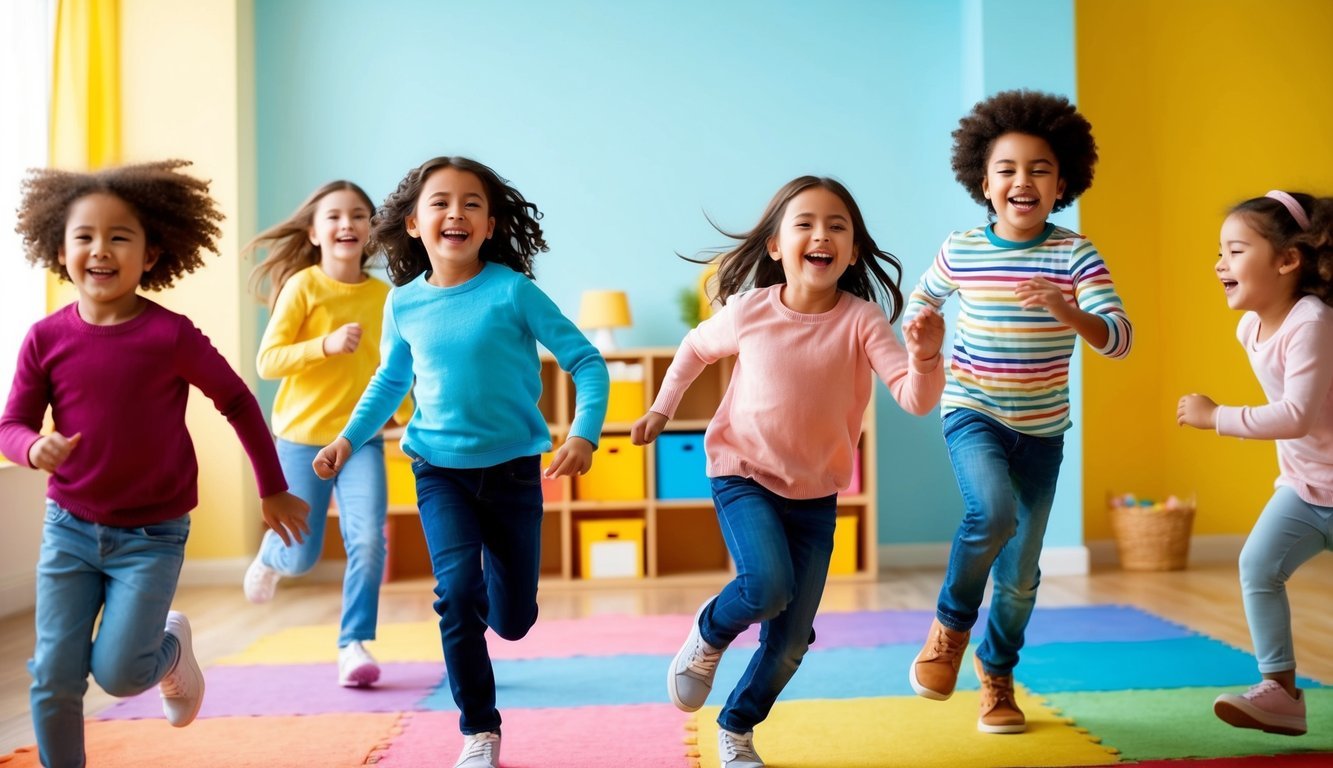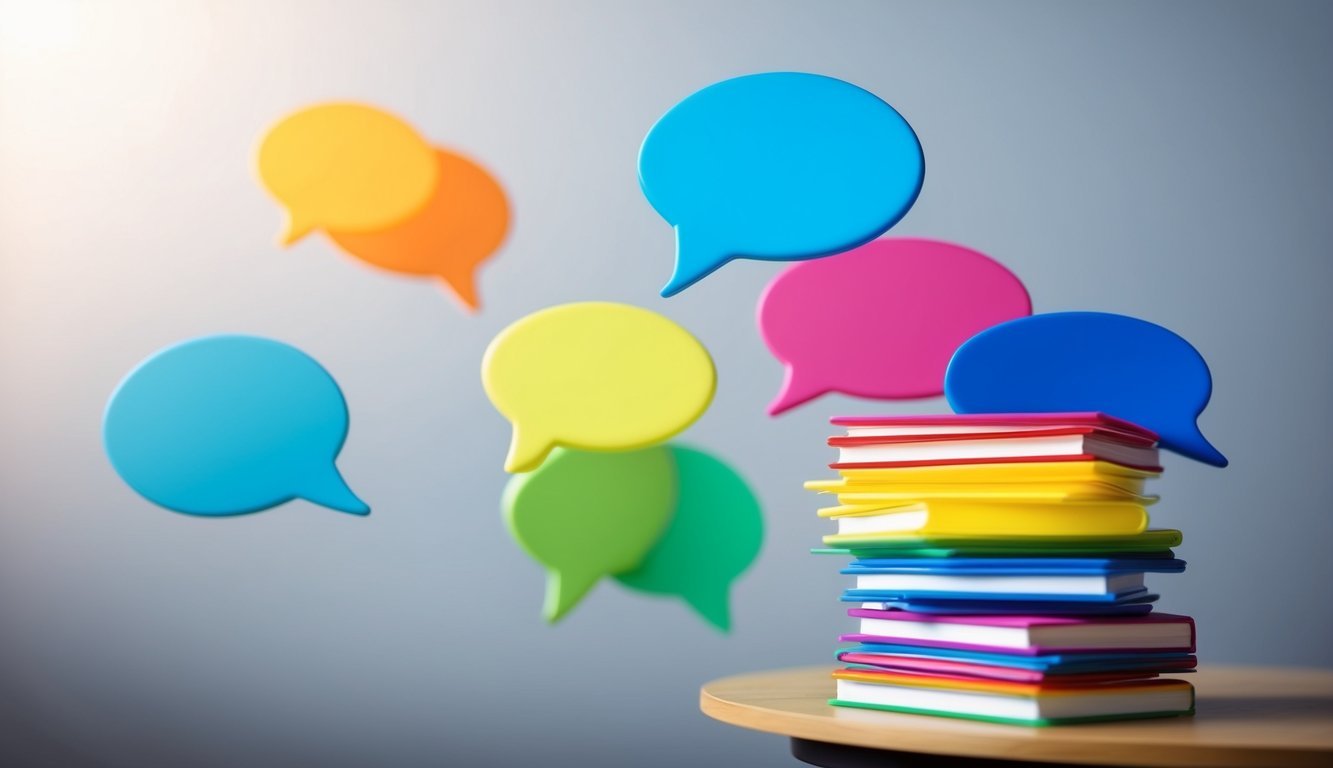PsychNewsDaily Publishers
100 Summit Drive
Burlington, MA, 01803
Telephone: (320) 349-2484
PsychNewsDaily Publishers
100 Summit Drive
Burlington, MA, 01803
Telephone: (320) 349-2484
Giggles express joy and social bonding, while sighs reveal deeper emotions like relief or frustration, both playing crucial roles in emotional expression and well-being.

Giggles and sighs are two simple sounds that hold a lot of meaning. They can express joy, relief, or even sadness. Often, a giggle brings lightness and happiness, while a sigh might reveal a deeper emotion or thought. These sounds connect people to their feelings, helping them navigate life’s ups and downs.
In a world filled with stress and challenges, finding moments of laughter is vital. Those giggles not only lift spirits but also foster connections among friends and family. Sighs, on the other hand, can signify the release of tension or weariness. They remind everyone that it’s okay to feel a range of emotions, from happiness to contemplation.
Exploring giggles and sighs invites readers to reflect on their own experiences with laughter and contemplation. This journey highlights the importance of embracing every emotion, creating a well-rounded and fulfilling life.

Giggles and sighs are more than just sounds; they reveal important feelings and help the body. Understanding their roles in emotional expression and their physiological effects can deepen one’s appreciation of these instinctive reactions.
Giggles often connect to joy, playfulness, and social bonding. When someone laughs, it can indicate happiness or even relief. This response can create a sense of community and love among friends and family. It’s a way to share a moment and lighten the mood.
Sighs, on the other hand, express a range of emotions. They can show contentment, frustration, or the need for peace. A deep sigh can signal exhaustion or a release of pent-up feelings. Both giggles and sighs reflect emotional states, making them key in understanding how people interact and feel.
Laughter triggers physical changes in the body. It lowers stress levels and increases the release of feel-good chemicals called endorphins. This response can enhance mood and promote relaxation. Giggles can even improve heart health by raising heart rate and lowering blood pressure.
Sighing serves important physiological functions too. It helps regulate breathing and can calm the mind. A sigh can ease tension and create a moment of calmness. These actions are natural responses that support emotional and physical well-being.

Giggles play a significant role in building connections and understanding between people. They can create a warm atmosphere, making relationships feel more enjoyable and supportive.
Shared laughter, often expressed through giggles, brings people closer. When individuals laugh together, they create a special bond. This is true for friends, family, and romantic partners.
For children, giggles help form friendships. Playful moments like making silly faces or telling jokes create memories that last. These shared experiences are vital as they teach kids about trust and connection.
In adult relationships, giggles can lighten the mood during tough times. They serve as a reminder that joy exists, even amidst challenges. Couples who laugh together often feel more connected and face life’s ups and downs as a team.
In romantic relationships, giggles can enhance feelings of love. They signal happiness and comfort between partners. When one person giggles, it often encourages the other to join in. This creates a cycle of positive feelings.
Touch can also play a role in this dynamic. A light touch, followed by a giggle, can strengthen emotional ties. It shows that partners are comfortable and open with each other.
For parents, giggling with children fosters a loving environment. When parents engage in playful activities, they promote joy, security, and affection. This encourages children to express their emotions freely as they grow.

Sighs can carry deep emotional weight and serve as signals in everyday life. They often reflect feelings of relief, frustration, or longing and can play a role in achieving inner peace.
Sighs often communicate what words cannot. They may indicate frustration, sadness, or even relief. For example, a long sigh after a tough day suggests weariness.
People may not always realize how often they sigh. This common action helps navigate complex feelings. Sighs act as a bridge between silence and expression, allowing individuals to process emotions.
Sighing can also contribute to finding calm in a chaotic world. When someone feels overwhelmed, a sigh may help them regroup and refocus.
Practicing mindful breathing, which includes sighing, can promote relaxation.
Here are benefits of sighing:
Using sighs intentionally can aid in achieving peace. When individuals take a moment to sigh, they can reconnect with themselves and ground their emotions.

Laughter, especially in the form of giggles, plays a vital role in childhood development. It helps form connections between children and others while also supporting emotional and social growth. Understanding the importance of laughter can provide insights into nurturing a child’s well-being.
Giggles often appear in early childhood, starting around 4 to 5 months. At this stage, children begin to associate laughter with social bonding. As they grow, giggles signal joy and play, which are crucial for learning.
Children aged 6 to 8 years show a fondness for jokes and silly humor. This playful behavior helps develop their creativity and social skills. When children exchange funny moments, they learn to communicate better and connect with peers. It fosters a sense of love and belonging, essential for emotional growth.
Laughter is important for emotional well-being. It can reduce stress and promote happiness. Children who laugh often show higher self-esteem and resilience. They are also better equipped to handle challenges.
Creating an environment rich in laughter encourages children to express their emotions. Engaging in playful activities can be a great way to bond. Parents and caregivers can help by joining in silly games or sharing light-hearted moments.
Laughter nurtures a child’s ability to cope with feelings. When children laugh together, they share experiences that build trust and love. This connection can lead to stronger relationships throughout their lives.

Finding ways to laugh more can lead to feelings of peace and joy. Incorporating simple practices into everyday life can help create moments for giggles and sighs of relief. Here are some effective methods.
To foster a joyful atmosphere, it helps to create moments that invite laughter. Here are some ideas:
By focusing on these simple practices, individuals can nurture a happier mindset.
Integrating laughter into daily routines keeps spirits high. Here are ways to do this:
These simple ideas can help anyone bring more laughter and enjoyment into their lives.

Giggling and sighing are common expressions tied to emotions and thoughts. Understanding these reactions can provide insight into human behavior and emotional states.
People often giggle when they feel happy or amused. It can be a reaction to something funny or a sign of nervousness.
Sighing can occur when someone feels relief or frustration. When combined, these reactions often reflect a mix of emotions.
Emotions play a big role in laughter and sighing. Joy can lead to spontaneous laughter, while stress may trigger sighing as a way to release tension.
The way someone breathes also changes with their feelings. They might breathe faster when excited or take deep breaths when calm.
Laughter often boosts mood and reduces stress. It releases chemicals in the brain that promote happiness.
Sighing can signal fatigue or emotional release. Both actions can help improve a person’s mental state, making them feel more relaxed.
This mix often happens in moments of relief, such as laughing after a tense situation. It can also occur during conversations where humor meets serious topics.
Giggling followed by sighing may indicate feelings of joy that transition to acceptance or sadness.
In some cases, unusual giggling or sighing might signal anxiety or stress-related issues. If someone experiences these frequently, it might be helpful to seek advice from a professional.
Health conditions can affect emotional responses, influencing how a person laughs or sighs.
Mixed signals, like giggling then sighing, can indicate a blend of happiness and sadness.
It might show that someone is processing complex feelings.
Understanding context is important for interpretation. Observing body language and tone can provide clues about what someone is feeling.